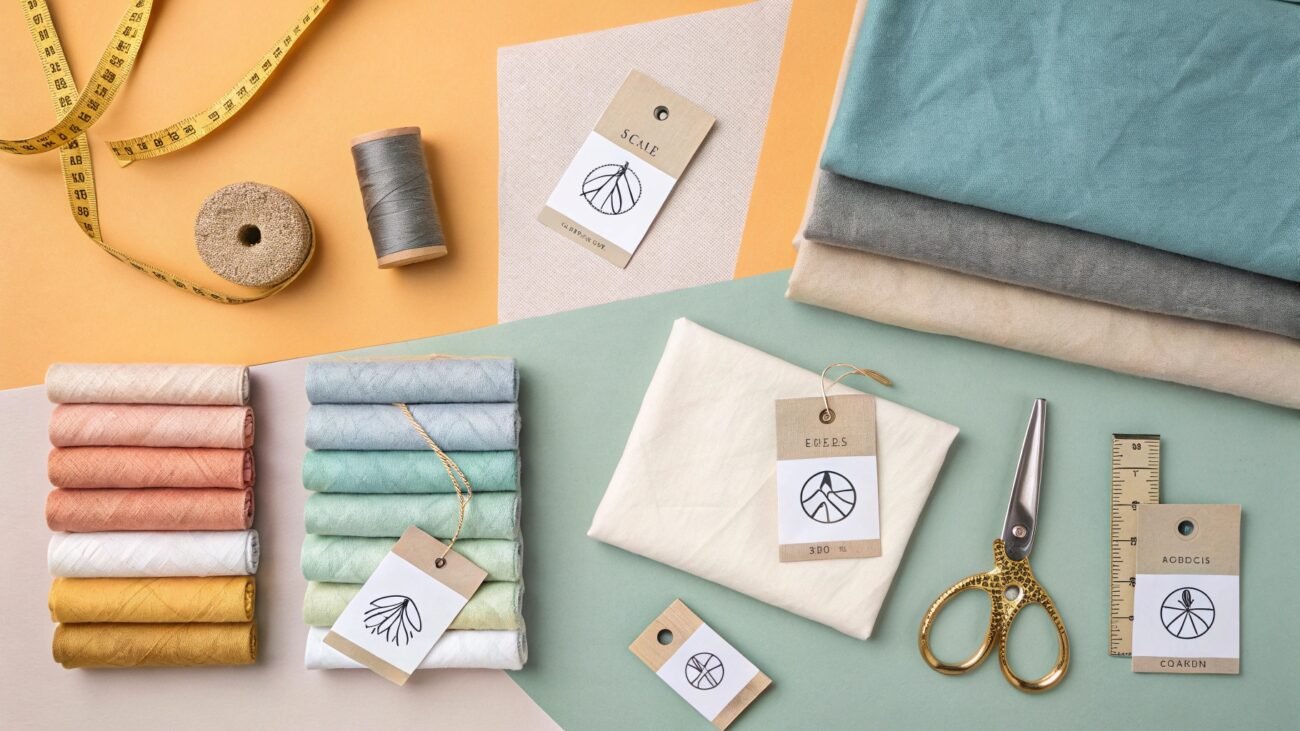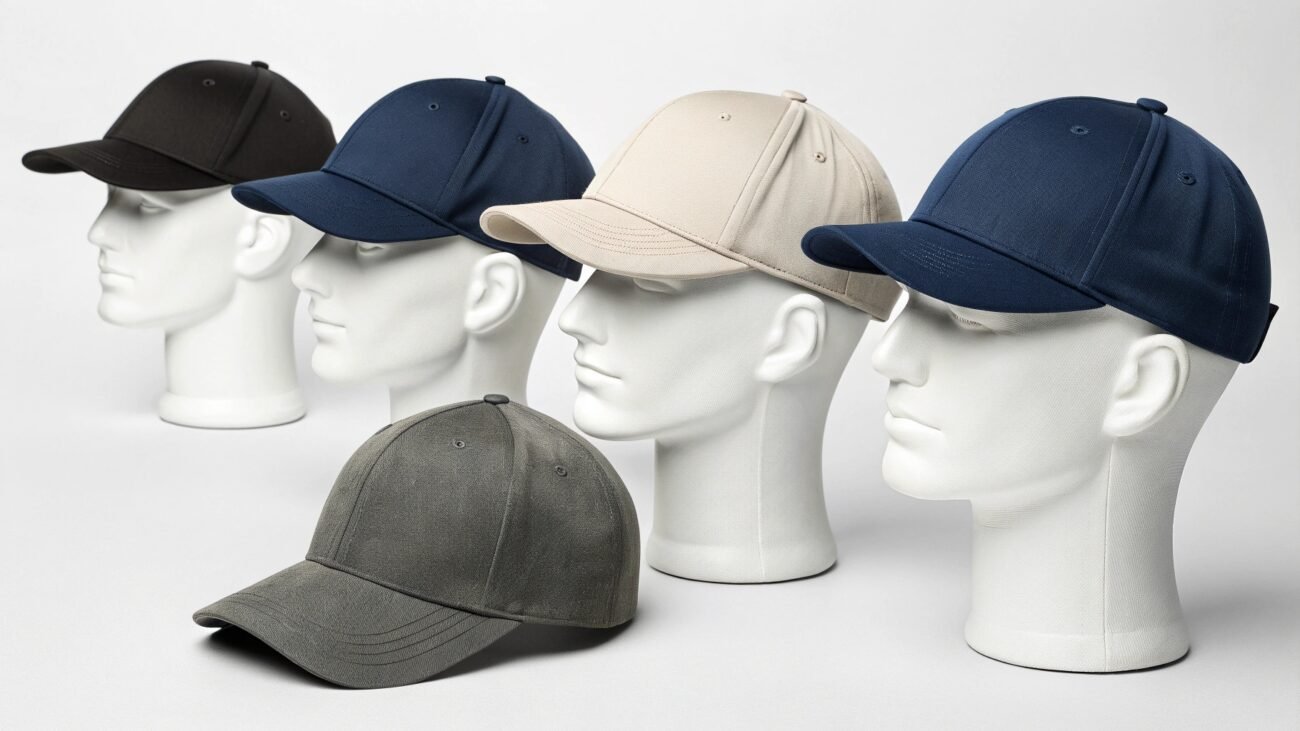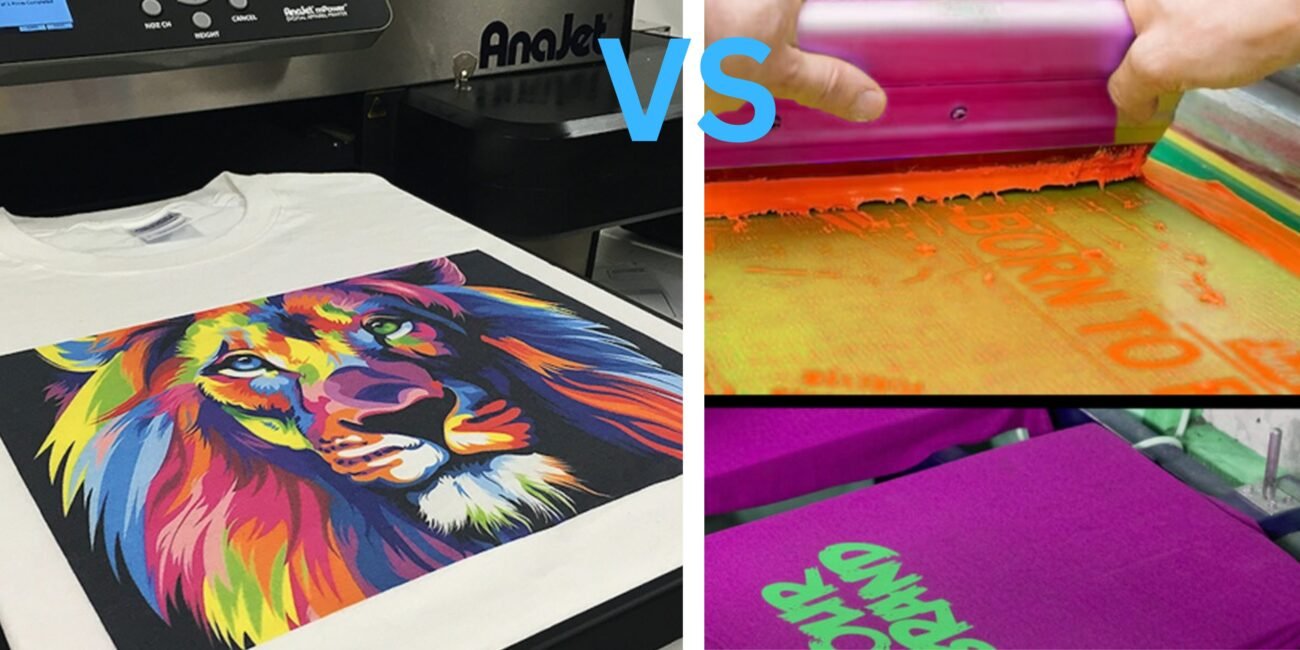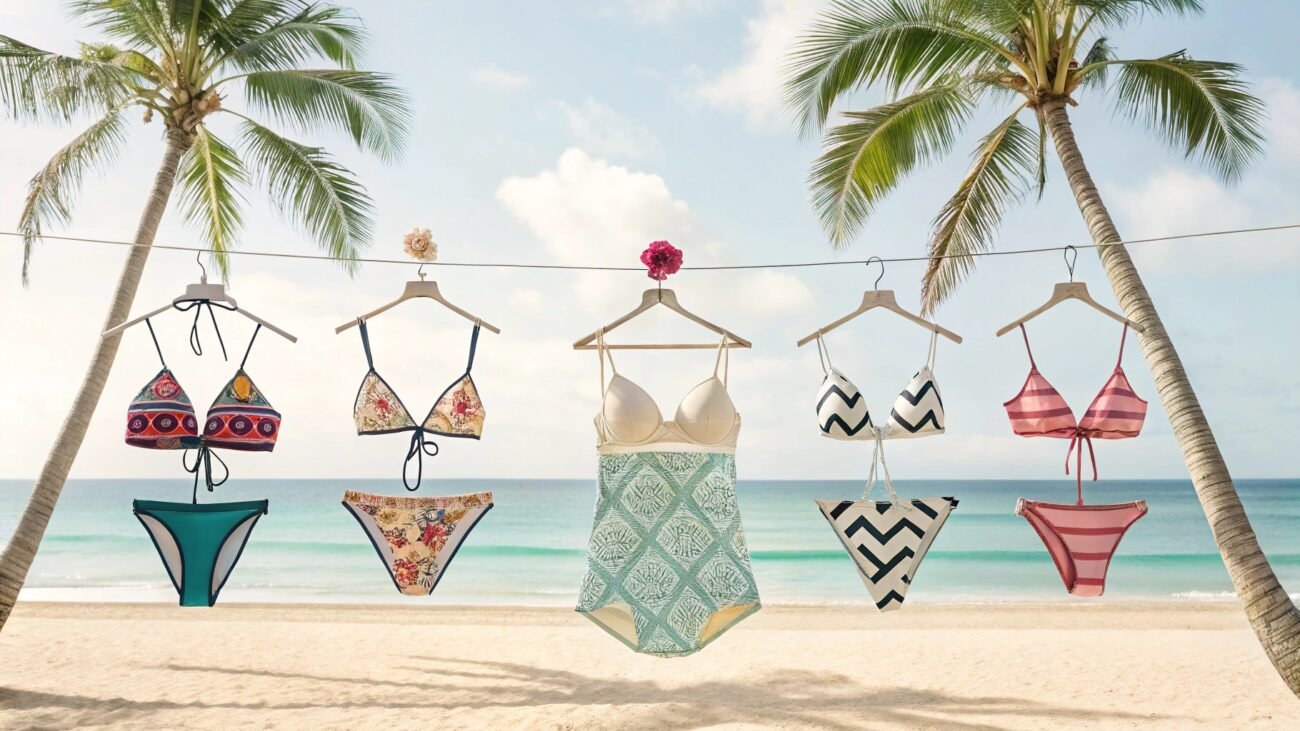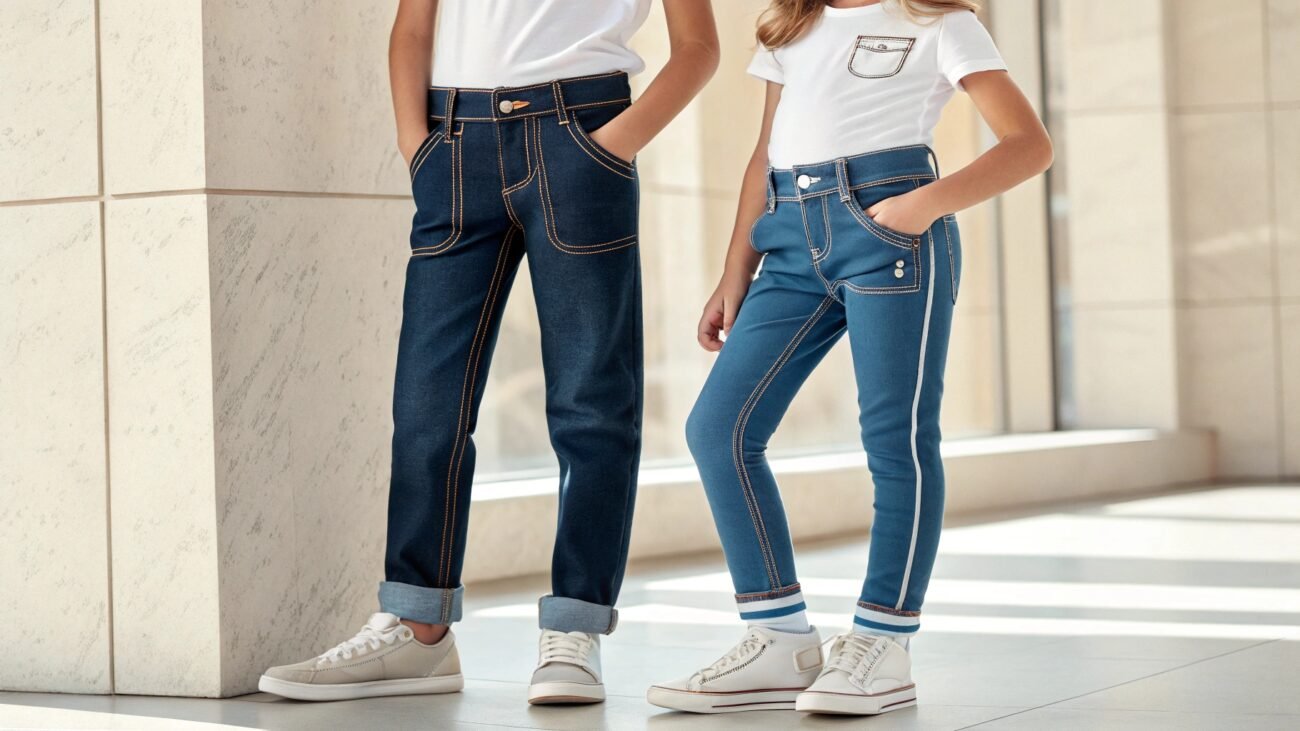Finalized your clothing brand idea? I’m sure at one point you may have thought about “How to choose the right fabric for your private label clothing brand?”, Well to provide an answer for this formidable question.
Table of Contents
ToggleThink about it like this, Each finalized product reflects on the properties of its base, similarly material involved in clothes fabrication confers certain functionality and usability. Your chosen fabric material should stand true to your vision and it should also be durable to satisfy the long longevity concerns of buyers.
In this blog, we will discuss;
- Different types of fabrics
- How each material has its own sets of pros & cons
- Which stuff is ideal for your custom clothes?
Why Fabric Material Matters so Much in the Clothing Line?
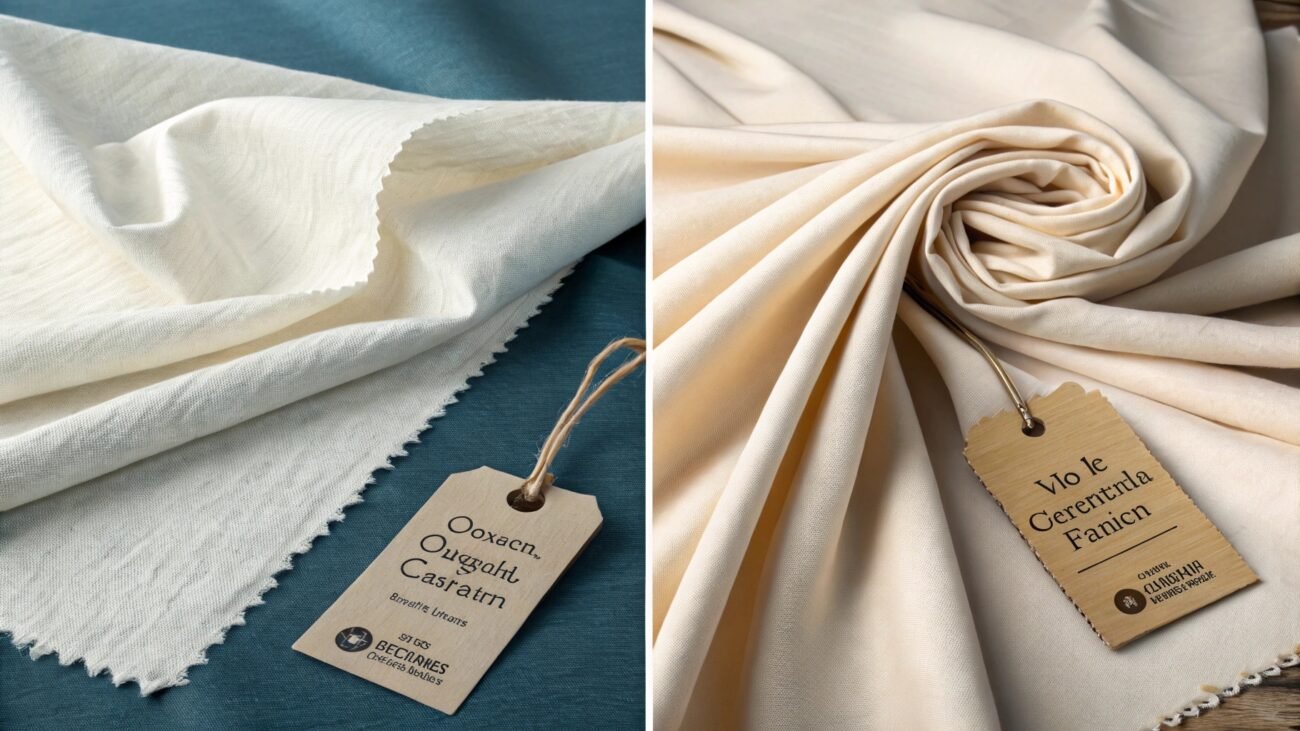
Fabrics are the cornerstone of the clothing industry, despite what many say. Ensuring the utility of right quality fabric can ensure your brand succession and similarly opting for cheaper materials can sign your downfall.
The selection of fabric confers the final feel, comfort, and performance of garments. Each fabric and its associated types based either on GSM or Weave determines how beautifully or disgracefully a garment will drape and prove to be useful for your Clientele.
For Example, If you want to make a custom set of Polo T-shirts from an affordability perspective, then opting for Jersey-knitted Cotton would be very beneficial as it would conform to extra breathability and soft feel, Whereas if you opt for 100% polyester, then the most common feature of polos such as airiness and hypoallergenic wouldn’t be attainable!
Determining Your Audience.

Although it is the first and foremost brand defining aspect, I still highly encourage you to ponder over this once again. Thinking about your potential customers and their requirements will help you to choose the most suitable fabric option available in the market.
You can navigate through your audience’s demands by understanding the following;
Geographic’s:
Details about living places, whether it is warmer or colder out there.
Economic Assessments:
Revenue generating capabilities according to the wealth spectrum in the targeted area.
Cultural Prerequisites:
What cultural tradition might your clothes be able to satiate?
Consumer Confidence:
Comprehensive analysis regarding your targeted audience’s willingness to spend on clothes.
Best Fabrics for Private Label Fashion Brand
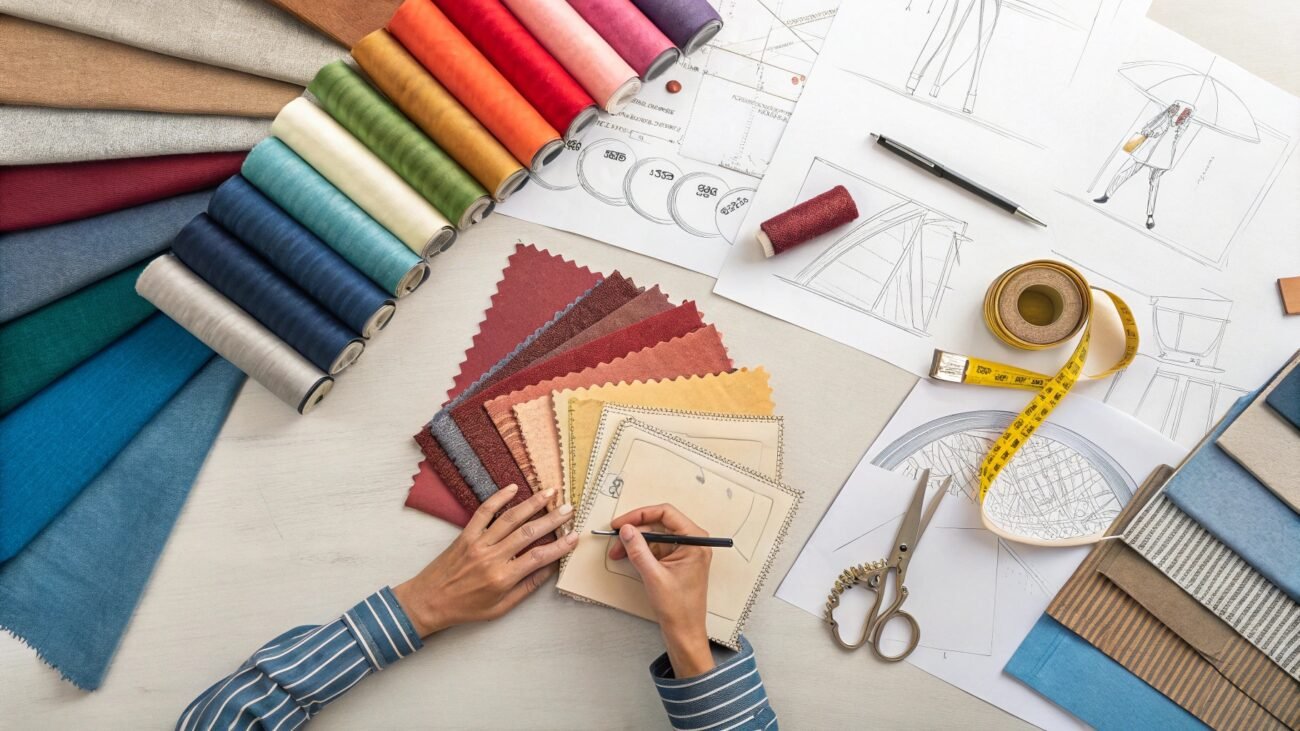
There are so many types of fabrics available in the market right now that if you venture into the “right fabric selection” on your own, then chances are you may never find the solution.
Fabrics can be categorized into natural, synthetic, and blended forms. Natural fabrics are those that are organically sourced and are known for their exceptional softness, breathability and somewhat expensiveness, whereas Synthetic fabrics are made from different sets of artificial fibers such as polymers, which often results in high durability but with an inorganic feel.
To solve this issue, manufacturers came up with the idea of Blended fabrics; it aims to grab features from associated fabrics without taking a hold on their drawbacks and their use has now become alarmingly popular in 2025, primarily because of their inexpensiveness and ability to fabricate highly durable and operable garments.
> Natural Fabric Options
Cotton:
One of the oldest and most popular natural textiles known for its comfort and versatility. It wouldn’t be wrong to say that Cotton is perhaps the most used material to make Hoodies, T-shirts, and underwear alike.
However it too comes with a set of drawbacks as 100% cotton often tends to;
- Wrinkle
- Shrink
- Pill over time
- Provides minimum elasticity
Silk:
Silk is known for its unique shine and incredible soft drape on the body. It is a luxurious option for those who want organically made clothes. Silk on its own confers good breathability and thermoregulation properties and is very biodegradable but nevertheless it falls short due to its unethical sourcing, weakness against water and sunlight along with marginally high pricings.
Are there Silk garments other than shirts?
Yes, there are very many silk garments available in markets such as blouses, formal dresses and even dress suits for men. Essentially the only limiting factor here is your creativity and will to fabricate clothes.
Linen:
Linen is another natural fabric that is obtained from the fibres of flax plants. It is often used for its renowned strength, coolness and smooth texture. Many manufacturers use linen fabrics to make varieties of lingerie, underwears and even jackets. Nonetheless, high associated costs are often the main factor that drives people away.
Wool:
Mostly used for its insulation properties, wool is a very popular natural fabric material known for its unique crimped structure and exceedingly soft feel. It can be sourced not just from sheep, as you may have heard about cashmere and angora wool. These specific wools are gained from the first sheer of goats and rabbits.
Drawbacks:
Wool tends to wither away if not taken care of properly. It is also quite costly and can be susceptible to pest infestation if not treated right after it finishes.
> Synthetic Fabric Varieties
Polyester:
Polyester is known for its exceptional durability and wrinkle-less properties. It is a type of synthetic stuff derived from plastic polymers that have to be melted down into fibres, which are then knitted into a form of fabric.
Polyester is perhaps the 2nd most popular and known option in the clothing industry, as it is not only affordable but also very versatile for various garments manufacturing. There are very minimal obstacles when working with polyester and most of them can be easily worked around by interweaving other fabric materials inside or by specific finishings.
Nylon:
Nylon is a good choice for garments that have to be very resilient and lightweight for sports-related activities. People all over the world celebrate its uses because of its inherent water-repelling and quick-drying features, which also conform to an easy caring routine.
Why are finishing treatments necessary for nylon?
If not processed right, nylon can have several disadvantages ranging from heat sensitivity to UV-degradation which is absolutely not ideal for any use case at all!
Spandex:
Spandex is another type of synthetic material and is very elastic in nature. It is often a go-to choice for high quality activewear manufacturing, but it always has to be blended with other fibres like Cotton and polyester to be structurally viable, as spandex alone can not be used.
Top Features of Spandex:
- Snug fitting
- Durable
- Stretchable
- Lightweight
- Abrasion-resistant
Quick Fact: Lycra and Elastane are the widely popular brand names for Spandex fibre.
> Blended Fabrics Options
Cotton Blends:
Cotton is blended with polyester and spandex to do what it can not do on its own. These blends tend to offer higher breathability but with a respectable level of stretching.
Polyester Blends:
Poly-spandex or Poly-nylon blends aim to provide a lightweight, stretchable solution for many gym wear clothes. Perhaps the most likeable feature of these blends is their inexpensiveness.
Nylon Blends:
Nylon is often interwoven with wool and silk to in 50,30 ratios, this unique blend enhances the natural properties of wools and equips it with shape retention features. Whereas nylon-silk blends add up to higher strength and budget friendly factor.
Tri-blended Fabrics:
Tri-blended fabrics leverage higher strength and comfort due to being a unique composite material made from Cotton, polyester and rayon. However, this ailment is often used in very professional and niche industries such as sports or medical apparel manufacturing.
Private Label Clothing Fabric Guide For 2025
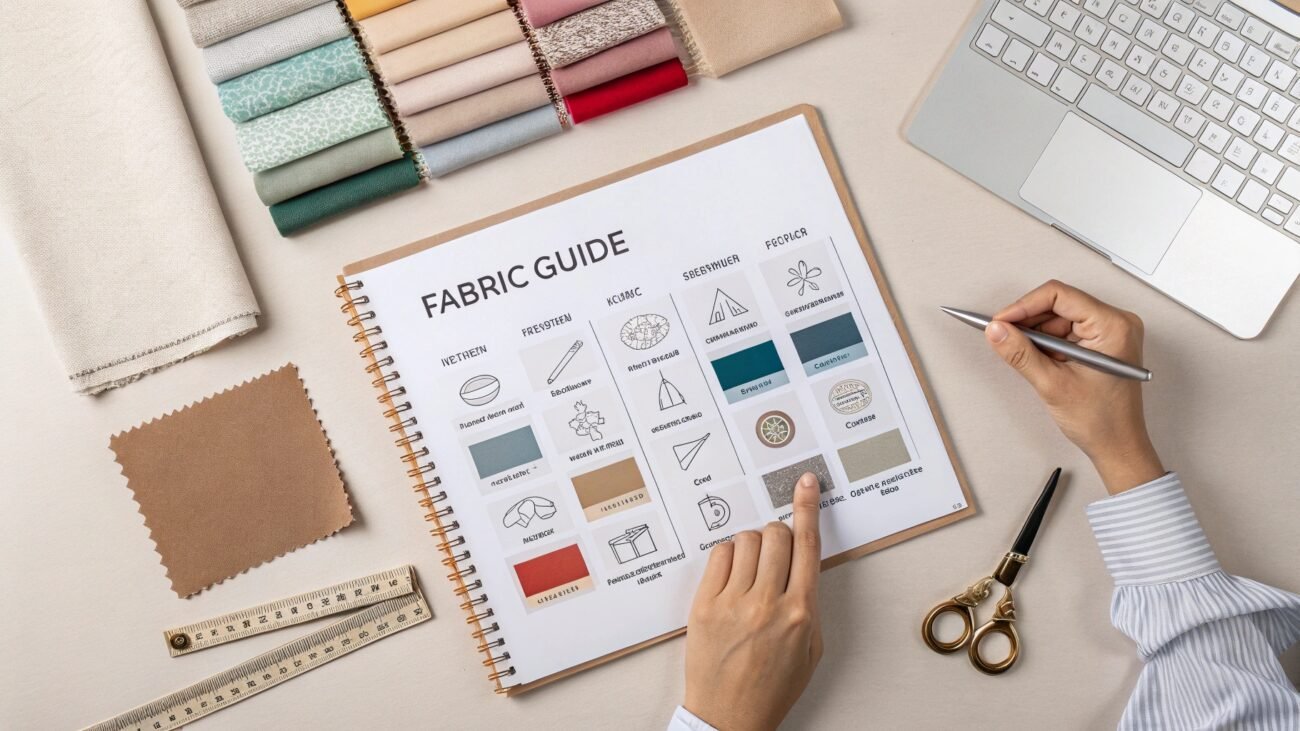
Fabric selection for fashion startups is often challenging as there are different fabric options that cater to similar characteristics, and witnessing this phenomenon, this question would have popped up in your mind: “How to pick fabric for custom clothing line amidst this confusion“?
Suppose you want to make custom printed-on tracksuits and you have figured out everything except the fabric choice, then your initial thought process should be about the actual product itself, such as its intended functionalities. Moisture drying, shape maintenance and stretchability are what make any tracksuit great and knowing these qualities can allow you to select the optimum fabric.
When we talk about Tracksuits specifically, they have to be moisture wicking, shape maintenance, stretchable and many other things. So in this case, the most optimal choice would be Poly-spandex as it would provide all the necessary prerequisites for production.
Similarly, you can put your envisioned garments through the set of below-mentioned screenings for the best fabric choice;
Resiliency & GSM:
Unless your clothes are to be extremely niche and disposable, I imagine you want them to be as strong and long-lasting as possible.
- Going for typical pure Cotton or Silk might not be a very smart move as they are not only expensive but will degrade very quickly; blended fabrics, on the other hand, are substantial and pocket-friendly.
- Another factor to consider is the GSM of fabrics, GSM essentially means the amount of fibers present in on square meter: Higher the GSM means higher the weight and with insulative properties while on other hands lower GSM fabric means higher breathability and lightweightness, which is absolutely adored by people who wants private labelled hoodies or Shirts.
If you want to know more about GSM and how it affects clothes such as hoodies, then I suggest you read this informative article.
Valuable Read: High-Quality GSM for Hoodies Detailed Guide 2025
Comfort Levels:
Regardless of how nice a fabric may seem, it needs to have a nice feel and a certain level of leisure to it. This is another important point you should be considerate about; as many fabrics, although practical, may not be as cozy as you may want them to be.
For Instance:
If your brand is about selling high quality soft lingeries then going for Cotton-based fabric compositions would be the best decision. This is why it is very important to determine comfort levels of your expected clothes before you select a clothing material as different types confer different feel and wearing experience.
Fabric’s Drape:
Have you ever noticed different material behaves differently when worn? like how a silk blouse flows on the body while Cotton made shirts are somewhat stiff and hard? well this is exactly what drape means.
Drape is essentially the willingness of fabric material to adhere to body shape and when creating a clothing line it is crucial to consider this factor as well, imagine you want to make tight fitting leggings but end up with some strange version of pajamas.
Quick Note: GSM directly influences the draping capabilities of clothes.
| Fabric Type | Draping Quality |
|---|---|
| Cotton | Moderate (Unless blended) |
| Linen | Moderate to Good |
| Silk | Good to Excellent |
| Wool | Low to Moderate |
| Polyester | Moderate (Unless blended) |
| Nylon | Good |
| Spandex | Excellent |
Pricings and Availability:
Without a question, budget plays a top factor in fabric selection. Premium options such as silk and cashmere wool are very expensive and hard to get, so even if you manage to get a bulk order prepared using these materials, how will you guarantee the steady flow of the supply chain in future?
Therefore your designs should be adaptable, meaning they should be readily available to be made even from different alternatives. Fabrics such as polyester, cotton and their associated blends are thoroughly available in the market and often tend to perform as good as premium options if designed well.
| Fabric Type | Costing |
|---|---|
| Cotton | Cheap to Mid-range |
| Linen | Mid-range to Expensive |
| Silk | Expensive |
| Wool | Mid-range to Expensive |
| Polyester | Cheap |
| Nylon | Cheap to Mid-range |
| Spandex | Mid-range |
Remember, Above pricing can go up and down depending on the quality of fabric and additional blending often adds up to costs.
Eco Friendliness:
You might think sourcing an eco-preserving fabric is not important as long as you are making a profit, but with that thought, you are not going too far in your business venture as not just buyers but even manufacturers are concerned about their vast harmful carbon footprint.
So try to go for eco-friendly options and if you can not find suitable material then at least opt for manufacturers who are properly equipped with waste management systems.
Need Help in Selecting Fabric for Your Custom Clothing Line?
PLCM has been in custom clothing manufacturing for over a decade now, Our R&D experts can thoroughly guide you through a wide range of premium fabrics out there.
Reddit user’s tips and recommendations when choosing a fabric material.
Final Thoughts
In 2025, the market is extremely rich with different fabrics and their variations, and each kind grants varied sets of properties to final garments. Choosing fabric for private-label clothing becomes tedious work. This is why I recommend you consider your budget and design viability. Go for the fabric, which is not too expensive yet still proves to be functional enough.
If you are still not sure about your fabric choice then experimenting with samples is another great way to find the material, however it can be a tad bit more expensive than the traditional route.
Recurring Questions
1). Is Poly-cotton just as soft as pure Cotton?
No, it is not! However, it is still soft and airy enough to solve most of your clothing problems.
2). What are some non-allergenic fabrics for Leggings?
A good rule of thumb is to avoid synthetic materials and always go for breathable options such as cotton, linen and silk for non-allergenic clothes, including leggings.
3). What are weaves in the garment industry?
The term “weave” refers to a method of creating fabric using interlaced threads. Some general types are plain weave, twill and satin weave.

